
14 Types Of Salt And How You Can Use Them

There are a lot of spices, herbs, and products you can use to make food taste good, but none of them are as important as salt is. You'd be hard pressed to find a kitchen without salt.
Saltiness is one of the basic human tastes, which makes salt a crucial part of cooking. It brings out the flavor of food by enhancing and balancing the sweet, sour, and savory notes.
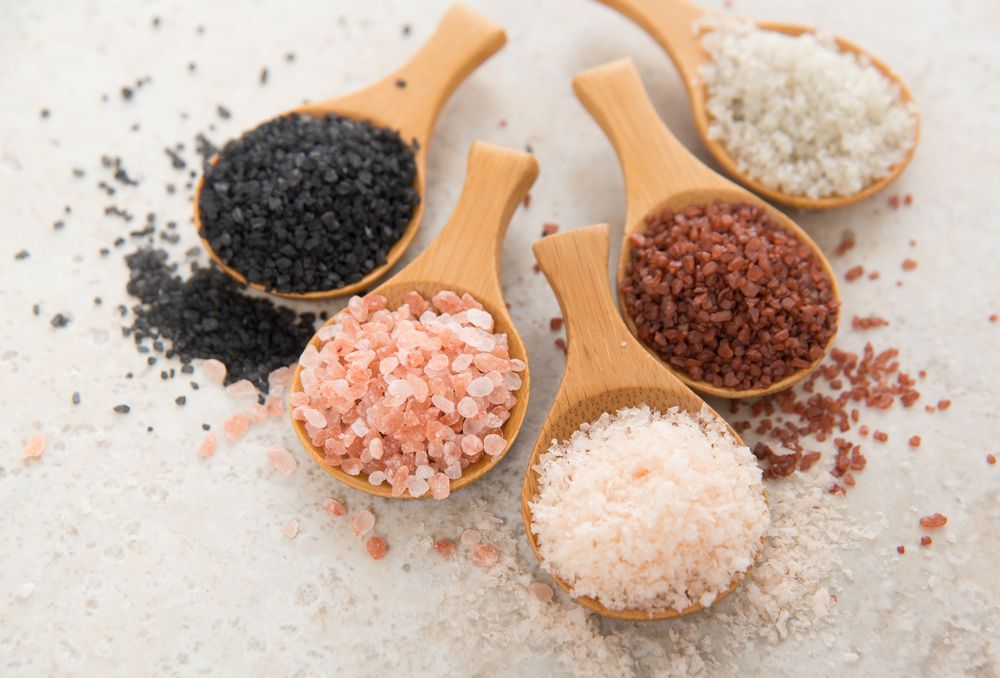
Salt, which is mostly made up of sodium chloride, is also a key ingredient in food preservation.
While table salt is the most commonly available type, there are actually dozens of varieties of salt, from finely ground to flakes, and coarse grains in a range of colors.
Let's take a look at some of them, and how you can use them.
1. Table salt
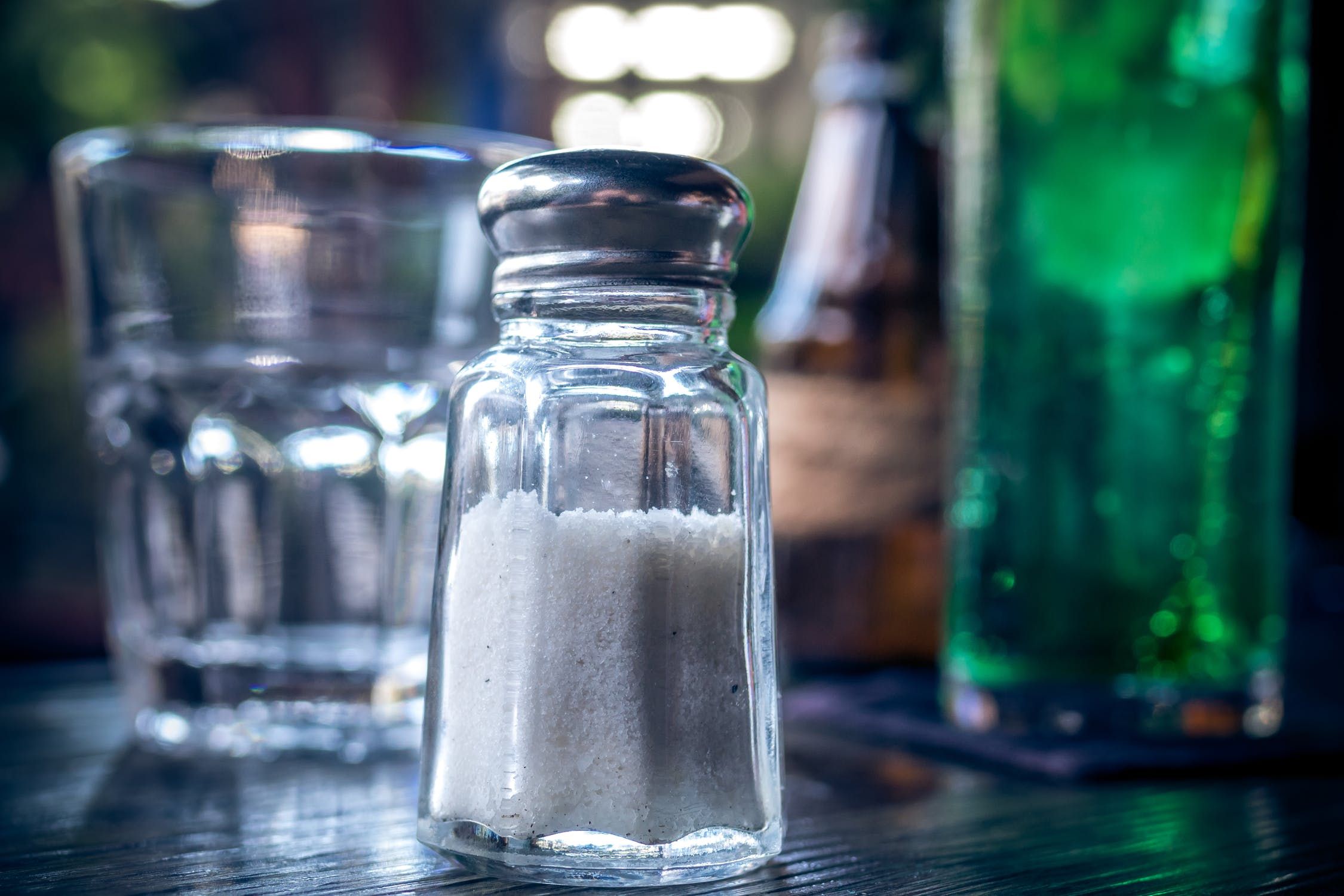
Natural salt deposits are heated to 1,200 degrees Fahrenheit to create table salt.
Unlike most of the others on this list, table salt is bleached, highly refined to remove trace minerals, then finely ground.
Notice how the salt in your shaker doesn't really clump? That's because it has been treated with additives that prevent caking.
But the most important thing to know about this type of salt is that it is iodized, which means manufacturers have added iodine to it. This is a way to ensure that your body gets enough of the element to prevent conditions like hypothyroidism.
As most people already know, table salt has plenty of uses, from seasoning food to getting rid of ants. There's a reason it's the most popular of all the salts.
2. Sea salt
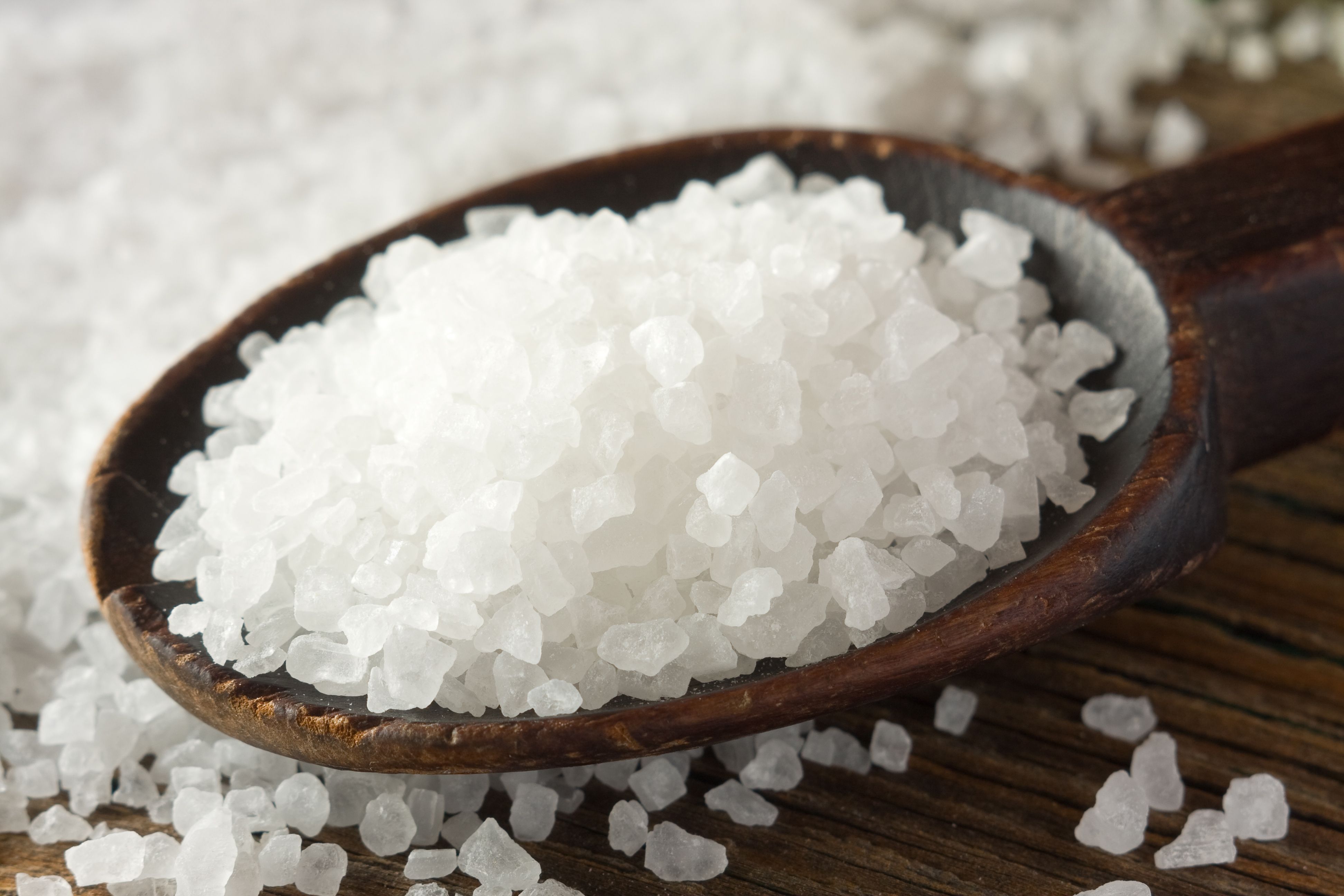
As the name indicates, this type of salt is harvested from seawater. It goes through an evaporation process in order to separate the water from the salt.
Sea salt is typically sold unrefined, which makes it grainier than table salt. It also contains small amounts of iodine as well as minerals like potassium, zinc, and iron, all of which make it taste better than the regular table variety.
Sea salt can be used in all types of cooking, but don't overconsume it because according to experts, it may contain microplastics due to the rise in pollution.
3. Kosher salt
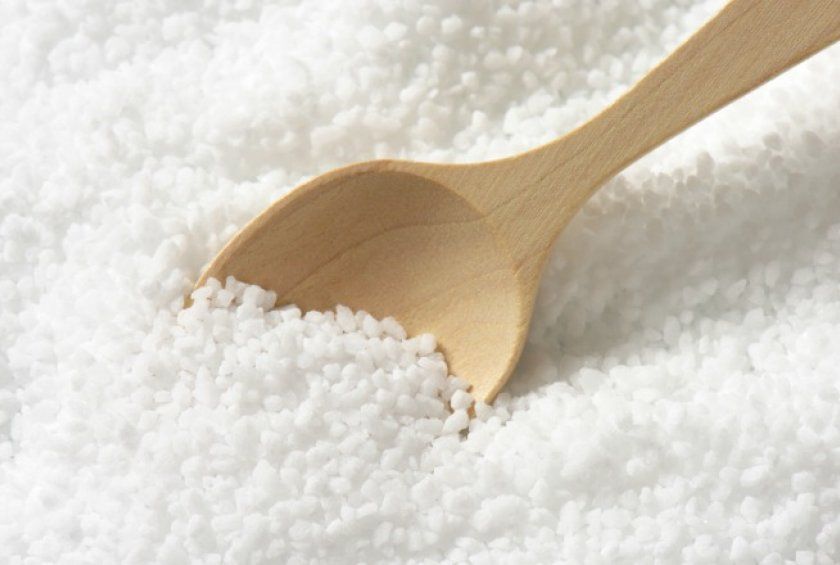
This salt can come from both the sea and natural salt deposits. It's coarse, crystal-like appearance makes it ideal for curing meats, which is an important step in the koshering process.
If you flip through a cookbook, chances are you'll notice that many recipes call for kosher salt instead of good ol' table salt. This is because the flakiness of the salt helps it dissolve faster and spread the flavor quickly.
Keep in mind that kosher salt does not contain iodine or anti-caking agents.
4. Fleur de sel
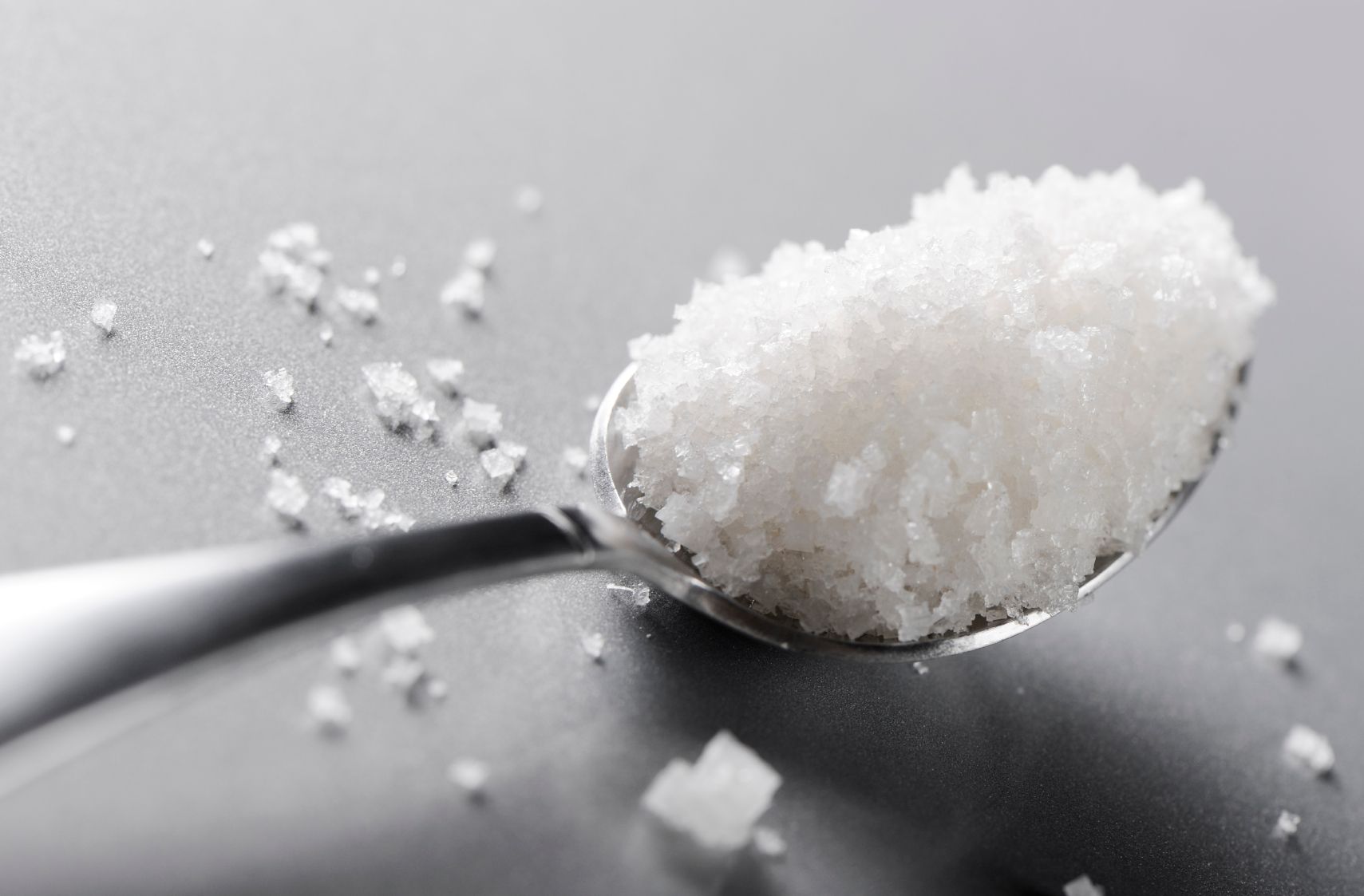
Fleur de sel, which translates to "flower of the salt," is unique because it is hand-harvested from tidal pools off the coats of Brittany, France.
The labor-intensive process can only be carried out under certain conditions. It has to be dry, sunny, with a small breeze, and a special wooden rake is used to obtain the salt.
The complicated harvesting is what makes fleur de sel the most expensive salt, earning it the nickname "the caviar of salts."
Fleur de sel has a high mineral content which can be good for your health. To get the most out of the salt, sprinkle it on top of meat, seafood, vegetables, and even sweet treats like caramel.
5. Himalayan pink salt
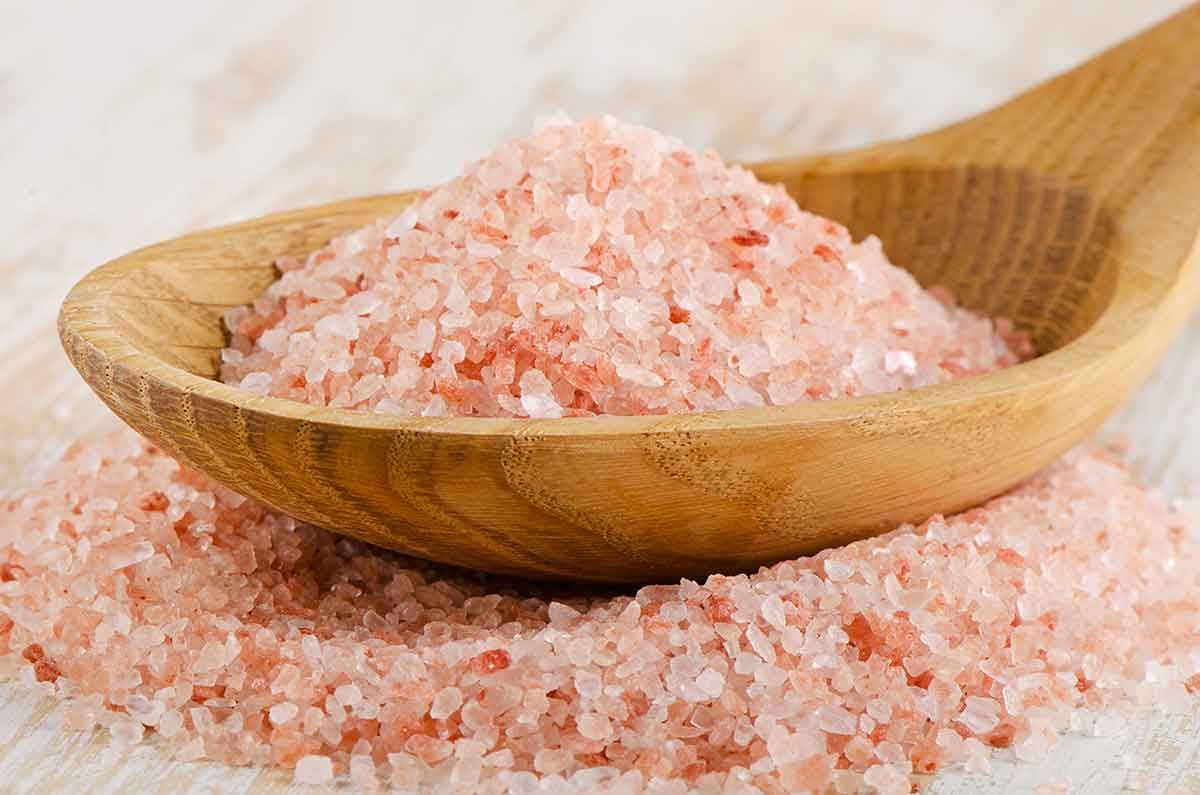
If you're looking for the purest type of salt, Himalayan salt is the one you'll want.
Like fleur de sel, it is also harvested by hand, but from the Khewra Salt Mine in the Himalayan Mountains of Pakistan.
The typically pink salt contains at least 84 different types of minerals and elements, which gives it a complex flavor profile, making it perfect to cook with.
Nowadays, you can even get Himalayan salt planks for food preparation and grilling.
The versatile salt isn't just limited to cooking, it can often be found in body products and cosmetics. Lamps made from unfinished chunks are also available, and have numerous health benefits.
6. Indian black salt
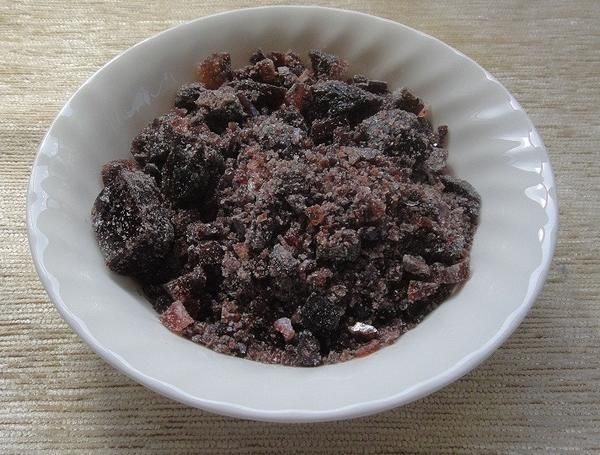
Also known as kala namak, Indian black salt is basically Himalayan pink salt mixed with some herbs, spices, and seeds of the harad fruit, then heated to extremely high temperatures for at least 24 hours.
The firing is what gives the salt its reddish-black hue, and because of the sulfur that gets infused into the salt during the heating process, it has a distinctive smell, and slightly pungent taste when added to food.
It's used in a lot of vegetarian and vegan cooking to give certain dishes, like tofu scrambles, a savory, egg-like taste.
Kala namak has been in use for thousands of years in Ayurvedic medicine practices. It is believed to have therapeutic properties, and some people also use it to aide in digestion and other health problems, including poor eyesight.
Since black salt contains less sodium than regular salt, it can be beneficial to those who struggle with high blood pressure.
7. Flake salt
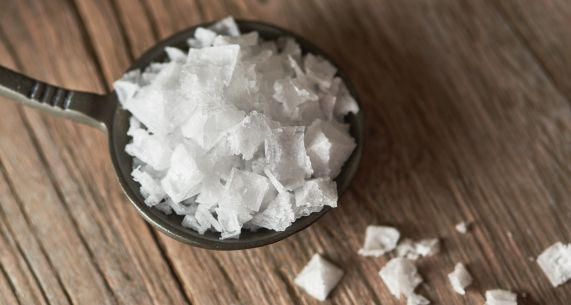
The low mineral salt stands out from the rest due to its irregular shape and intense flavor.
The delicate, parchment-like flakes are harvested from seawater through different methods, including evaporation and boiling.
The all-purpose salt dissolves quickly, giving the food a striking flavor. It can be used as a finishing salt to elevate meats, vegetables, salads, and even desserts made with chocolate.
8. Celtic sea salt
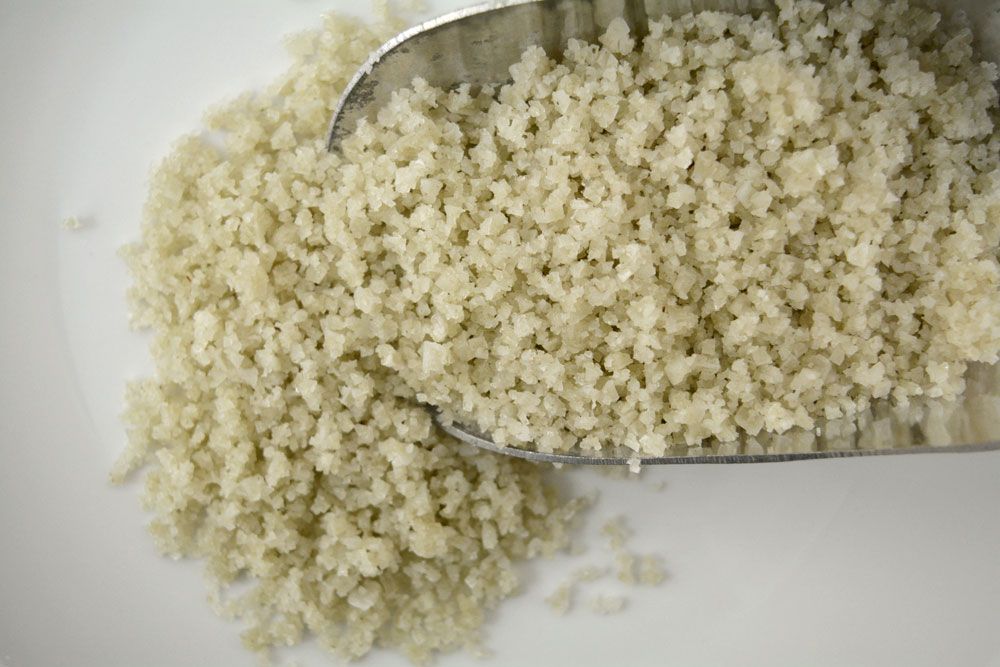
Also known as sel gris or "grey salt," this coarse salt is a cousin of fleur de sel.
It is also harvested from tidal pools in France, but unlike fleur de sel, Celtic salt is allowed to come into contact with the bottom salt pan, which is why it has its distinct color.
Between 90 to 160 pounds of Celtic salt can be harvested in one day, whereas only up to six-and-a-half pounds of fleur de sel is produced in a day.
Grey salt is much more dense and moist than kosher and table salt, therefore you only need a small amount to bring out the flavor of your dish.
Its grainy texture and briny taste makes it pair well with meats, seafood, and certain baked goods.
9. Pickling salt
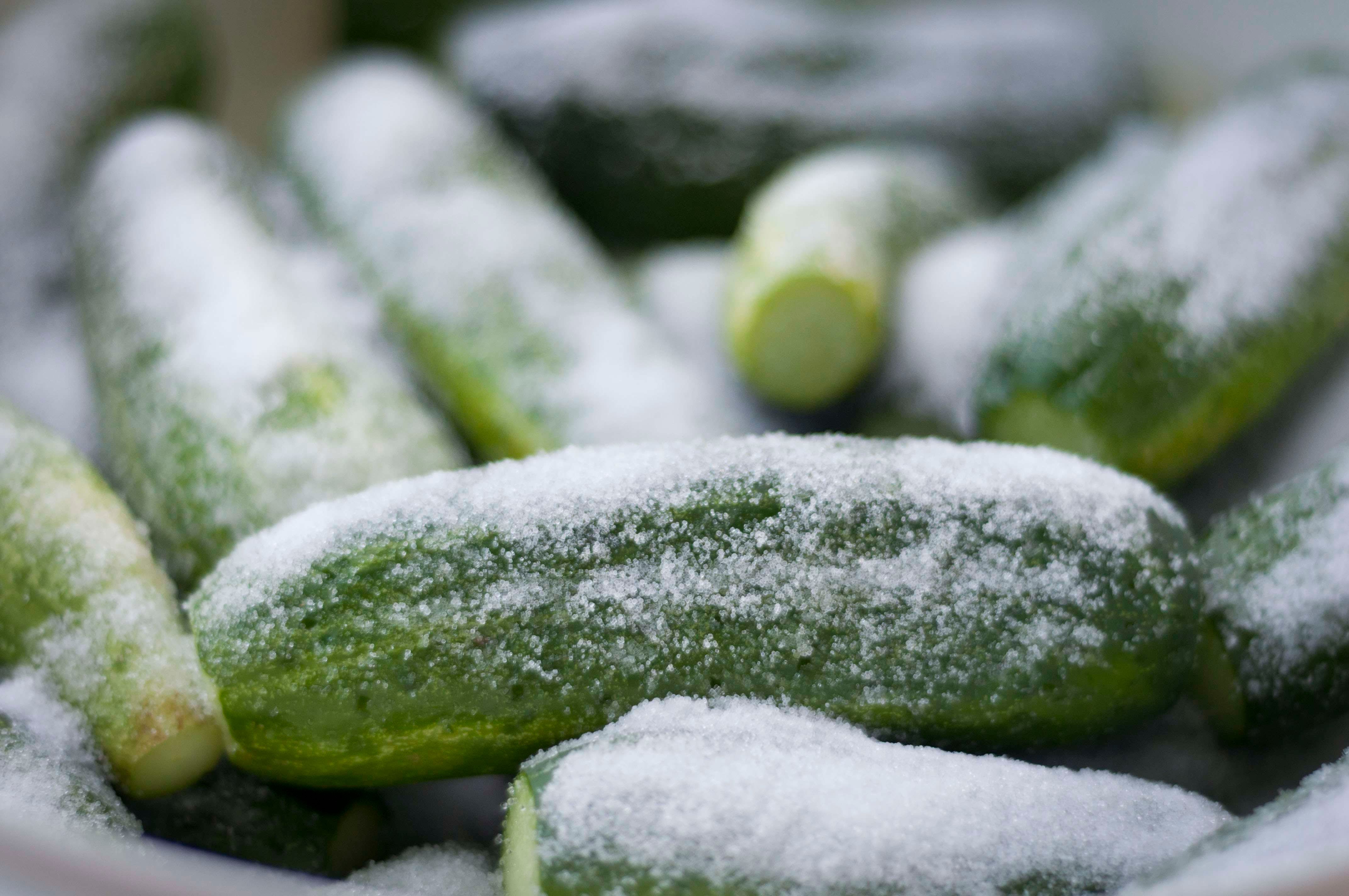
As the name suggest, this special type of salt has been formulated for pickling and canning purposes.
This sea salt is pure sodium chloride that contains no additives, iodine or anti-caking agents, and it has been refined to remove the trace minerals that would otherwise cause discoloration.
Kosher salt can sometimes be used in the place of pickling salt, but the results may not the same because the latter salt dissolves much more easily in the brine.
10. Black Hawaiian salt
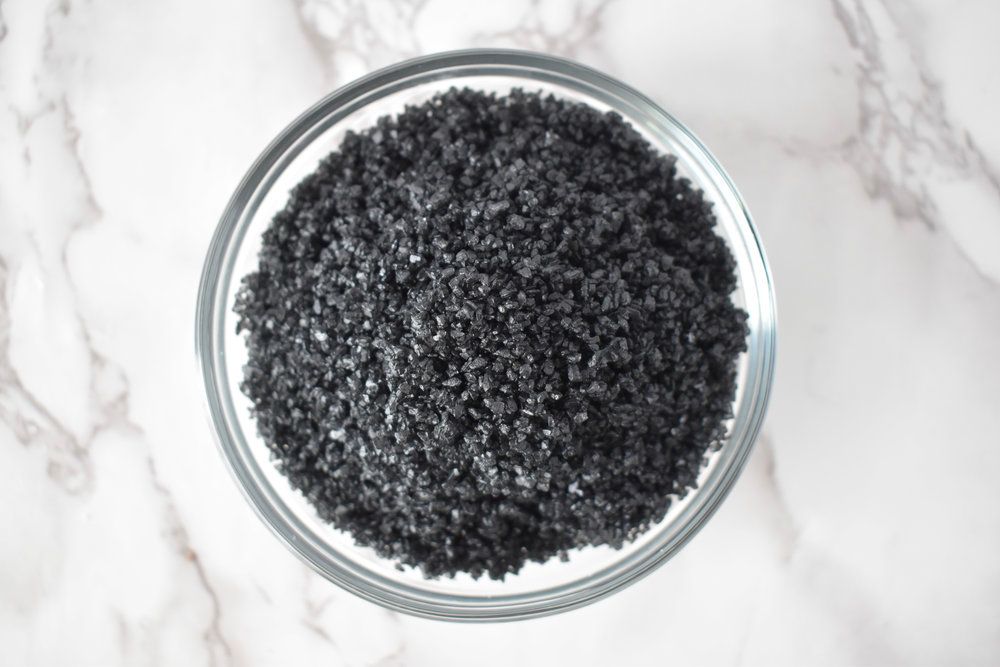
Sometimes called black lava salt, black Hawaiian salt is a bold-flavored sea salt traditionally comes from the volcanic islands of Hawaii, but most commercial forms of the salt are manufactured differently.
Most black lava salt are now made by blending regular salt with activated charcoal, which gives it the dark hue.
The salt has a smokey, nutty, and at times sulfuric flavor profile. It works well as a finishing salt on seafood and pork. It can be visually striking when sprinkled on certain foods.
Black Hawaiian salt is also believed to have some positive effect on health. The sodium helps relieve muscle cramps and improves brain function, while the activated charcoal removes toxins, fights aging, and improves digestion.
11. Red Hawaiian salt
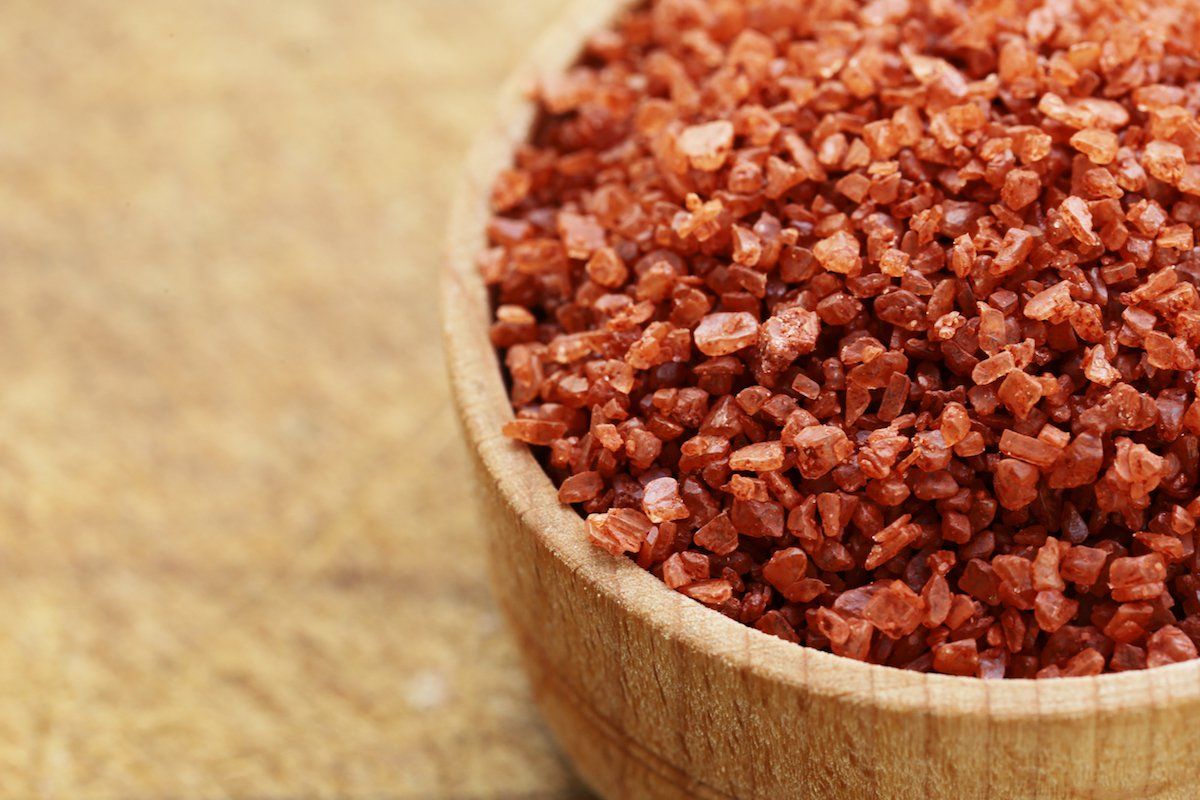
On the other end of the colored salt spectrum is red Hawaiian salt, also known as alaea salt.
Like black Hawaiian salt, this iron-rich salt gets its pinkish-brown color from being mixed with red alaea volcanic clay after it's harvested from the Pacific ocean.
It's been used for centuries in rituals that involve purification and cleansing as well as Hawaiian cuisine, including poke and jerky.
Alaea salt is great for grilling and roasting meats, especially pork.
12. Smoked salt
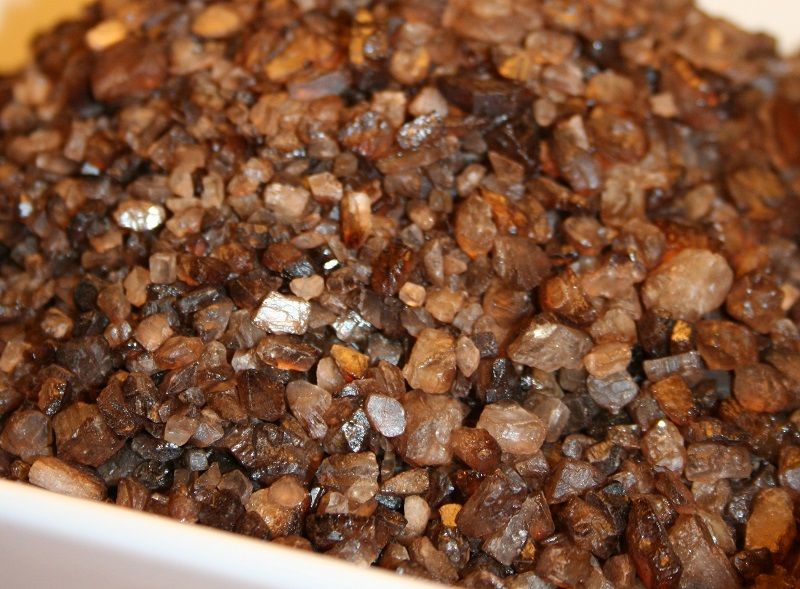
As you've probably already guessed from the name, this type of salt is smoked using different types of bark free wood for periods of up to 14 days.
Apple wood, hickory, alder wood, mesquite, and oak are all popular woods used in the smoking process.
Smoked salt is very aromatic and beautifully complements vegetables and meats.
13. Curing salt
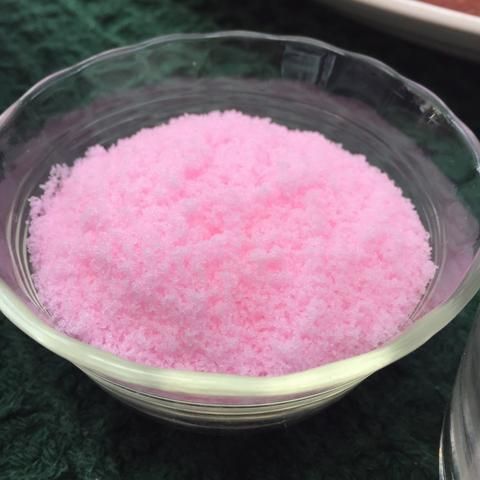
A combination of table salt and sodium nitrate, curing salt, or Prague powder, is used to prevent bacteria growth, specifically Clostridium botulinum, which causes botulism.
When added to finished products, the bold pink salt can be toxic to humans in high doses, but it is extremely effective for preservation.
During the meat curing process, it gets converted into nitric oxide, but the levels of nitrate on the meat isn't harmful when ingested.
14. Epsom salt
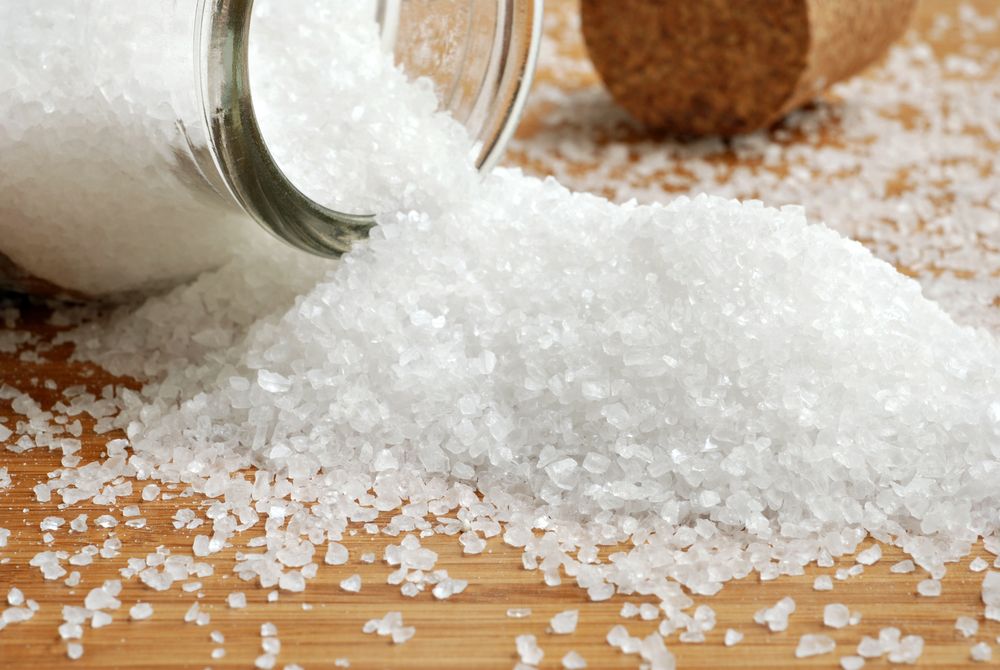
Epsom is popular for being a natural remedy that relieves a number of ailments, from sore muscles to splinters and sunburns.
One of the main ingredients in this salt is magnesium sulfate, and it has many external and internal uses.
Although it isn't a cooking salt, it is used in agriculture as well as to make beer and tofu.
Epsom salt can also be mixed with water to get relief from constipation. The salty concoction draws water into your colon and clears up any blockages.
How many of these salts have you used? Let us know in the comments!




